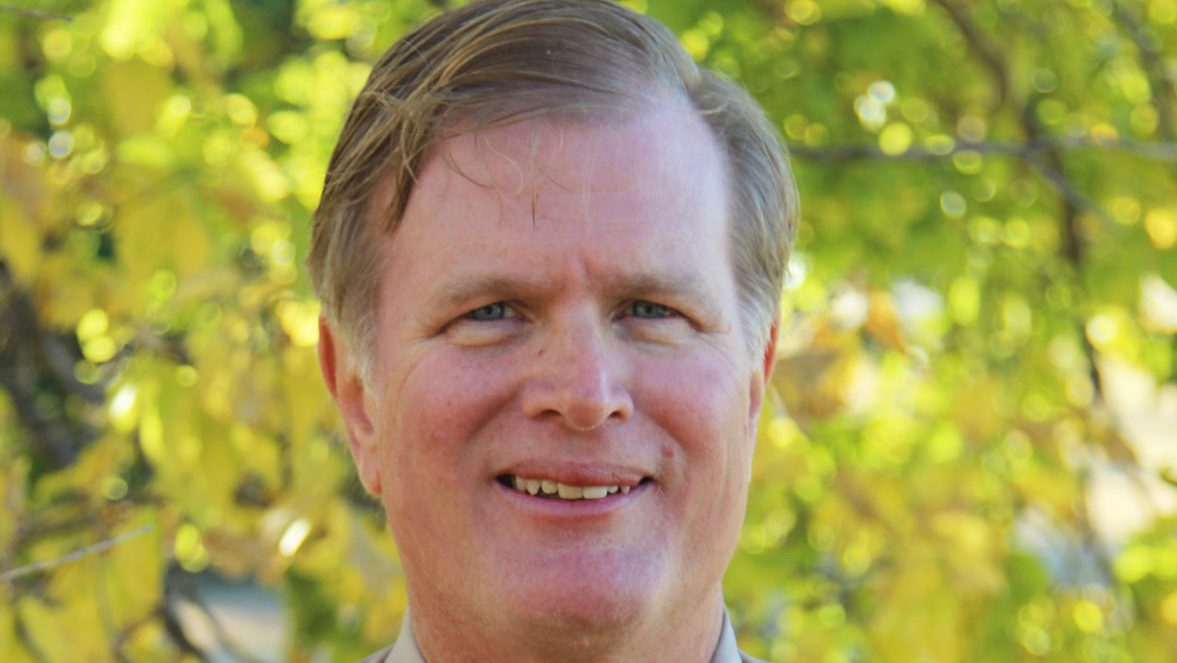Daniel Rauchholz, president and founder of Farmada, a Salina, Kansas, manufacturer that has developed an anhydrous ammonia fertilizer toolbar, is willing to share his success story on Midwest innovation. It’s a story that can help many High Plains communities.
Rauchholz and two other collaborators, Nicholas Bowles from SureFire Ag Systems, Atwood, Kansas, and Mike Bergmeier with Shield Ag Equipment, South Hutchinson, Kansas, spoke during a virtual recent Kansas Department of Agriculture manufacturing seminar. Rauchholz was international division president of Great Plains Manufacturing, Salina, for 18 years and in 2006 the company received the Governor’s Exporter of the Year Award.
When he founded his start-up company several years ago Rauchholz knew he was starting with a new team and he had to bring together those people who could help him to succeed. That’s when the executives with SureFire Ag and Shield Ag became integral in his success in developing his 30- to 65-foot toolbar. One of the destinations for his product is the Ukraine.
While attending an international agriculture show in the Ukraine there was time to visit with the Shield Ag president. Rauchholz also had a working relationship with SureFire Ag. The collaborators could take advantage of each other’s strengths and reduce development time. The most important ingredient was trust, all three executives said.
Collaboration is not easy because American companies are naturally competitive with one another, Rauchholz said. He notes that is different from European companies where competitors are willing to share information with each other.
Today’s Midwestern manufacturers have steeper costs for transportation, steel and energy just to name a few challenges. With the diversity of Kansas manufacturers and technology, the ShieldAg president believes there are more opportunities ahead if all parties are clear about expectations.
The three executives say collaboration does not happen overnight. Setting a goal with achievable goals and timing and candidness must take place. Much of it depends on being able to have each collaborator to stay within its strengths challenges.
Also, in our cover story, Web Editor Shauna Rumbaugh penned “Stories bridge the gap between farmers and consumers.” In her story she interviewed Ames, Iowa, entrepreneur Ray Schmidt, who started Farm Story Meats in 2018. He has helped encourage other farmers, through the spirit of collaboration, to learn and expand market opportunities. Among those he has collaborated with is Ron VanDenBroeke of Up a Creek Farm, also from Iowa. The network the collaborators have helped build is a conduit to consumers who love protein.
Over the years many farmers and ranchers remember the need to share pastures with neighbors. Also stories abound of sharing the cost of a combine, planter or windrower as a way to reduce expenses while still meeting an operation’s current needs.
Regardless of the sector, collaboration does not solve all the challenges, and each entrepreneur has to weigh many benefits and consider all obstacles.
Today’s environment may require some entrepreneurs to think outside the traditional toolbox while recognizing that the current toolbox has many assets.
We live in a global marketplace but sometimes the best opportunities might be best achieved when working with the neighbor just a short drive away.
Dave Bergmeier can be reached at 620-227-1822 or [email protected].

